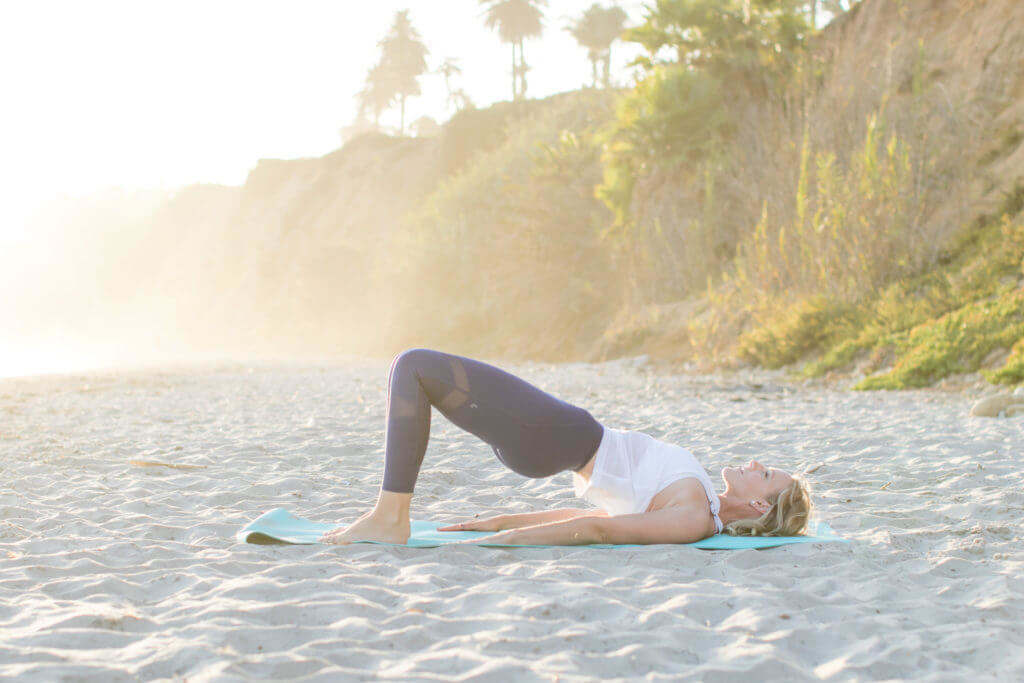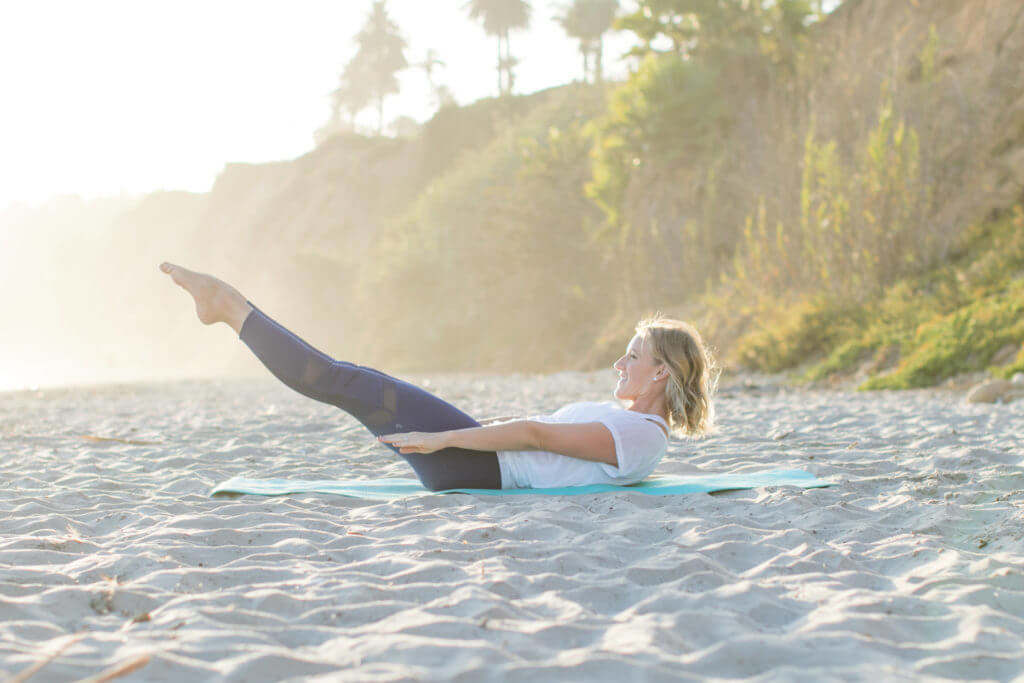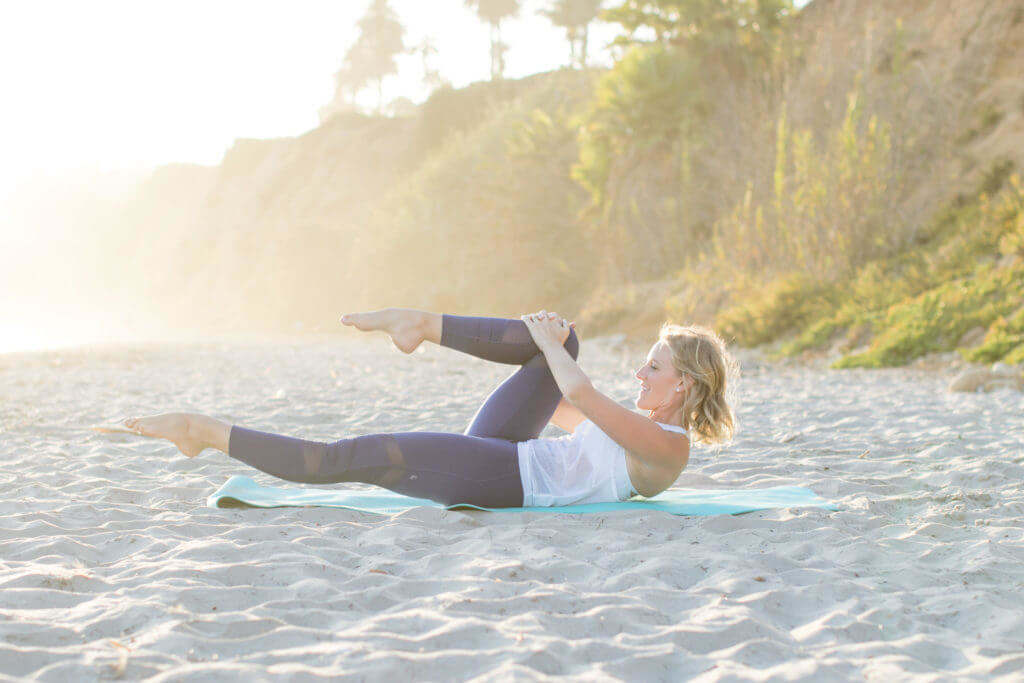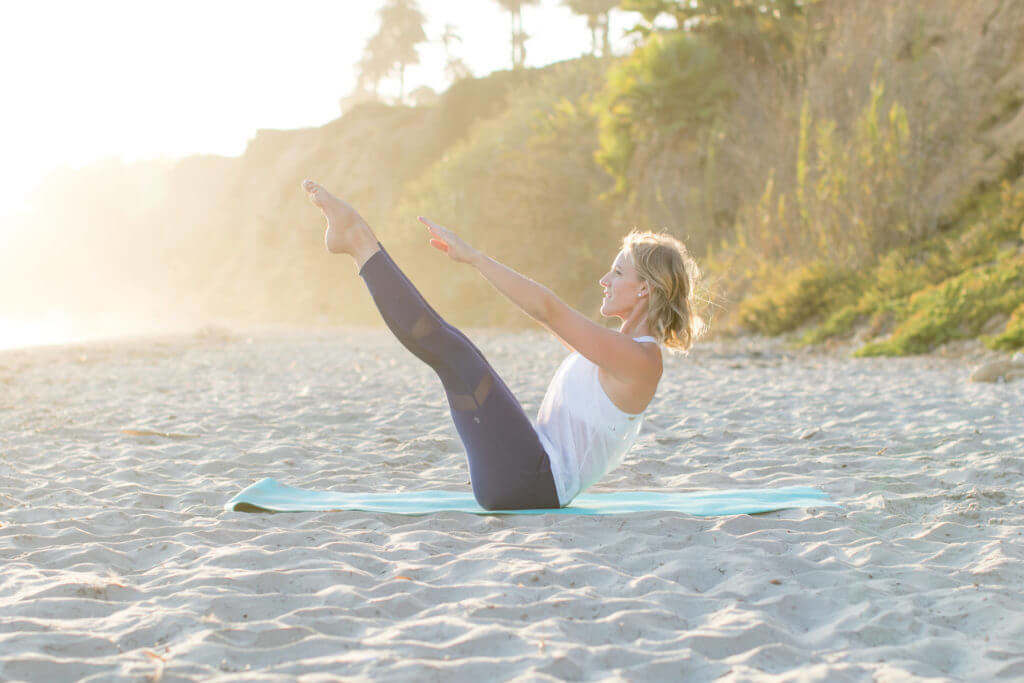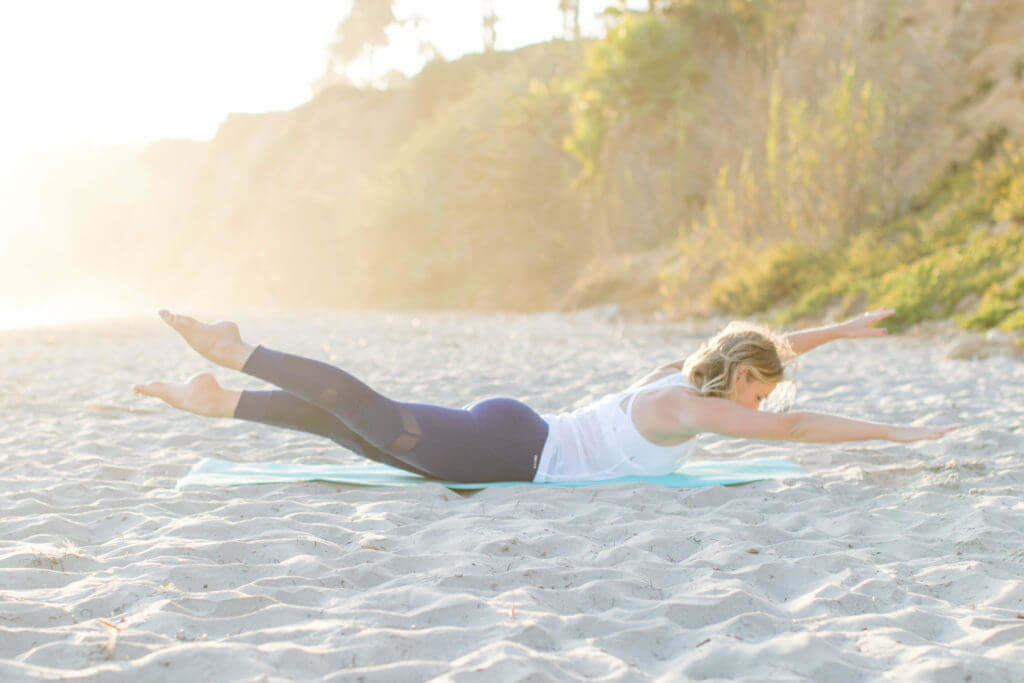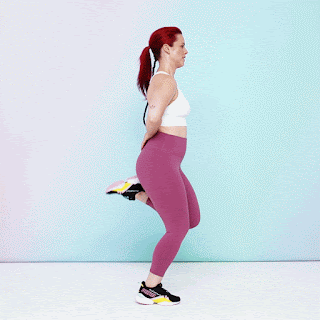Go Crush some km's!!!
The goal of this distance challenge is to get everyone moving, outside!!
The weather is great and it's fun to do with a friend, you can easily social distance and ride, walk or run!
Why biking is a great cardio choice?
Number one reason, it is easy on your joints! It is really great for your legs, gluts and your core. It's great when you can double up a commute with your exercise!!
You should aim to be on your bike for at least 30 minutes and if you're just going for a ride, try and fit in at least one hill! Social Distancing on a bike is very doable while having a conversation!
A few Great places to ride your bike in Revelstoke (there a lots, but here are a few great choices):
1. Have you ridden out over the pedestrian bridge off the green belt? Did you know you can ride all the way to the airport? It's flat and super scenic! Go beyond and you might be treated by the otters playing in the ponds past the airport.
2. Want an easy road ride? Head out to the end of the pavement along airport way, there's not much traffic right now so give it a try.....even if you just go to the Cartier trail head, it's a great scenic ride.
3. Mountain biker? CPR Hill is all open (easy access via trail behind museum), lower Macpherson is all open (access via Begbie Falls Road or , lower ski hill riding is open, Tantrum, Buff Enough, Tight Rope, lower Berm Donor are all open (a couple of snow patches).
4. Want some easy km's? Ride both Green Belts! Or ride the paved path from Columbia Park under the highway bridge to Big Eddy Bridge and then hit up the Big Eddy Green Belt. (Lots of easy trails to run or ride on both these Green Belts).
Taking a day off the bike and want to do some light strength and cardio? (From clymb cycling blog)
THE WRESTLER’S SQUAT
It’s simple to do, in theory. Kneel on the floor or on an exercise mat and slowly, one leg at a time, step up into a squatting position. Your legs should never be straight during this process, and you shouldn’t be standing straight up either. Now, one leg at a time, step back into the kneeling position. Continue this for at least 60 seconds, go for two if you can, and alternate the lead leg halfway through.
ONE-LEG BRIDGE CHANGEOVERS
Lie on your back and place both feet flat on the floor. Your arms should be flat on the floor or lying across your chest. Now, push your pelvis up off the floor so you’re creating a flat plane from your knees down to your chest. Holding this position, lift your right leg into the air until it’s straight. Squeeze your left glute tight and hold for three seconds. Lower it back down and repeat with the opposite leg.
Continue for 60 seconds.
SKIP ROPE
To amp up the exercise, with each skip drive your knee up toward your chest and back down, alternating legs every few skips. Do this for five sets of 12 reps, or 60 seconds.
LUNGES
You don’t have to get fancy to increase your cycling skills, and lunges are a great cycling-specific exercise to help increase your quad strength. They’re also good for increasing hip flexibility and strengthening the hamstrings, so make sure to fit them into your workout program.
It’s important to remember when doing lunges to avoid jerking movements or extending your knee too far forward. A slow, controlled lunge with the front of the knee lining up with the edge of your toe is the goal. Aim for 5 sets of 15 reps without weights when you’re starting out.
A LITTLE CORE (is good for every person and every sport)
Here is a video with a 5 exercises that include beginner and more advanced exercise variations. It is a good reminder that our core is more than just our abs. Click
HERE for video.
Here is a little
post bike ride 10 minute yoga /stretching sequence video.










